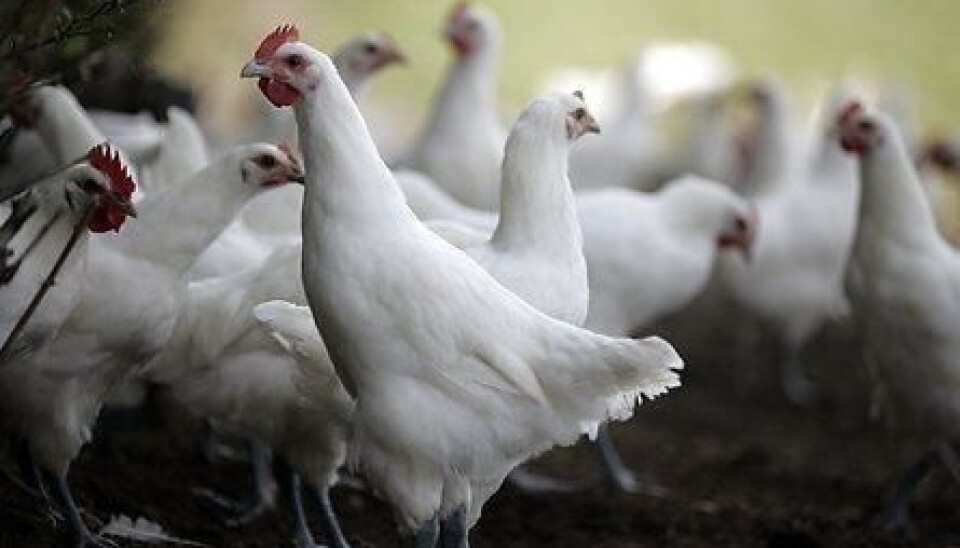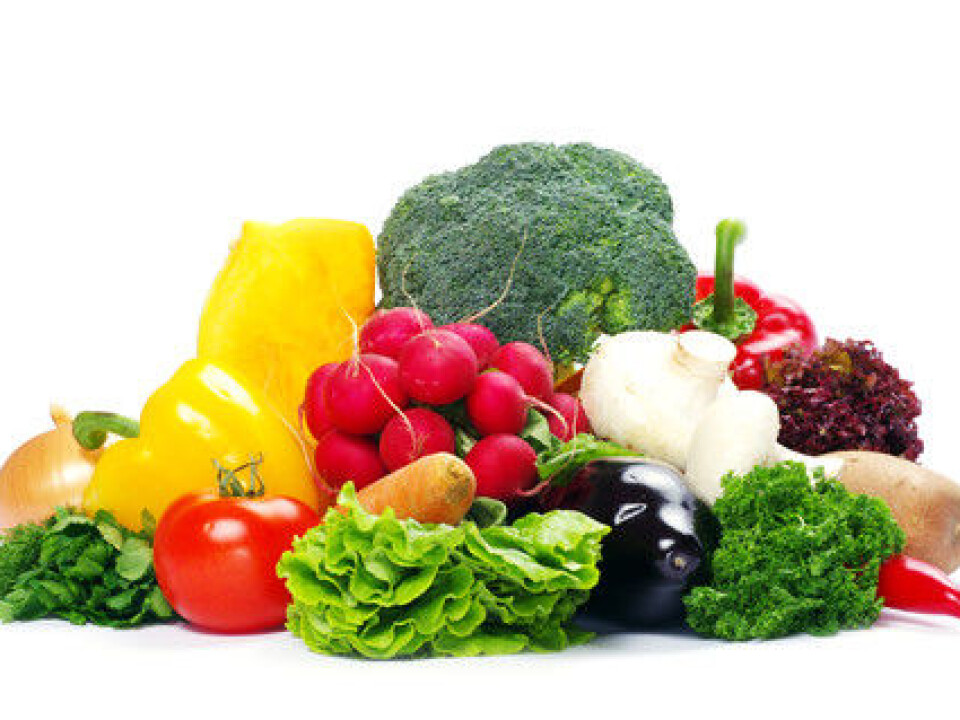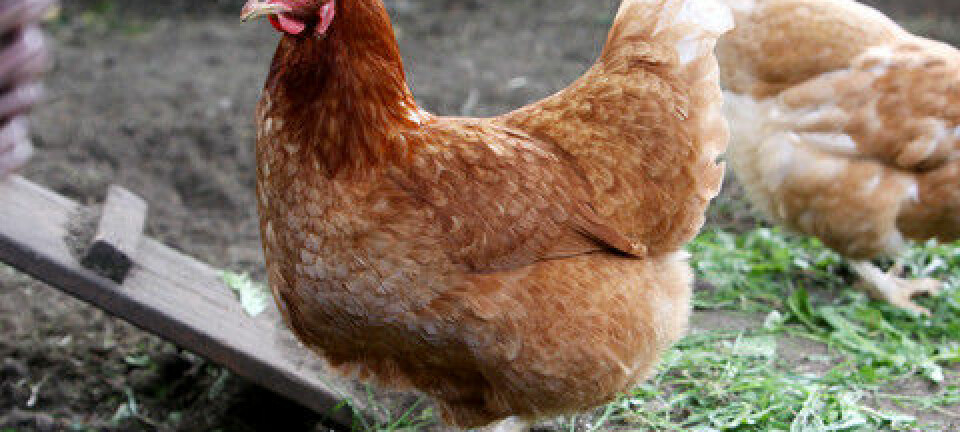
No more salmonella in Danish poultry
New statistics reveal that the battle against salmonella in Danish eggs and poultry is now finally coming to an end. The fight to free pork continues, however, while the hostile bacteria have now also seized fruit and vegetables.
There’s nothing like a good old case of food poisoning: spending the night tied to the comforting coolness of your bathroom floor, sprawled under the fluorescent lights, just waiting for that next dreadful bout of purging that your desperate body has launched in an attempt to counter the hostile invasion of tiny, ruthless bacteria.
That innocent looking eggnog you had had earlier that evening now suddenly seems like the welcome drink from – and to – hell. Salmonella can do that to you.
But thankfully, there is now good news for eggnog-lovers and chicken-fans alike: there is no need to hold back – at least if that tasty treat is from a Danish chick.
The Danish registry of sources of Salmonella infection shows that in 2011, no-one got sick from eating chicken and only few cases of infection could be traced back to Danish eggs.

Furthermore, the proportion of salmonella infections caused by Danish pork has dropped from 14 percent to a mere 7 percent in the last year.
“Salmonella levels in Danish eggs and poultry haven’t been this low since the late 1980s. That really is very impressive,” says Birgitte Helwigh, a researcher at the National Food Institute at the Technical University of Denmark.
Some cases are never reported
Last year 1,166 cases of salmonella were recorded in Denmark. Part of Helwigh’s work is to interpret the salmonella statistics. She estimates that only 10-20 percent of all salmonella cases in Denmark are reported, one of the reasons being that many experience such a mild infection that they never feel the need to consult their doctor.
However, the most important point to consider is that the number of salmonella cases is at a twenty-year low, and that an increasingly small proportion of reported cases is caused by Danish products.
Salmonella levels in Danish eggs and poultry haven’t been this low since the late 1980s. That really is very impressive.
The rest are caused by imported foods and unknown sources, not to mention food eaten on holidays abroad.
Denmark has a zero-tolerance policy
According to Helwigh the positive development is largely owing to the hard work to eradicate salmonella carried out by the food authorities and the industry.
If a chicken is found to carry salmonella today, it means that the authorities will not allow the rest of the chickens on the farm to be sold as fresh chickens. Similarly, eggs from hens that are found to carry the bacteria may not be sold fresh.
“One of the areas that has experienced growing attention in the past years is salmonella found in fruit and vegetables. This year we saw the first infection ever to have come from tomatoes,” she says.
Wastewater may be salmonella cocktail
One of the areas that has experienced growing attention in the past years is salmonella found in fruit and vegetables. This year we saw the first infection ever to have come from tomatoes
It may sound surprising that salmonella can occur in vegetables when the bacteria only develop in living organisms. However, the explanation is that the wastewater that is often used on vegetables sometimes contains faeces from animals and humans.
If that cocktail winds up on your plate, it’s a ticket to a busy night in the bathroom.
Nevertheless, Helwigh is keen to point out that even though the vegetable problem calls for consideration, it remains essential that attention be paid to the meat production.
“We have to keep a close watch on the livestock production. Not least pig farming, where salmonella still occurs too frequently.”
----------------------------
Read this article in Danish at videnskab.dk
Translated by: Iben Gøtzsche Thiele





